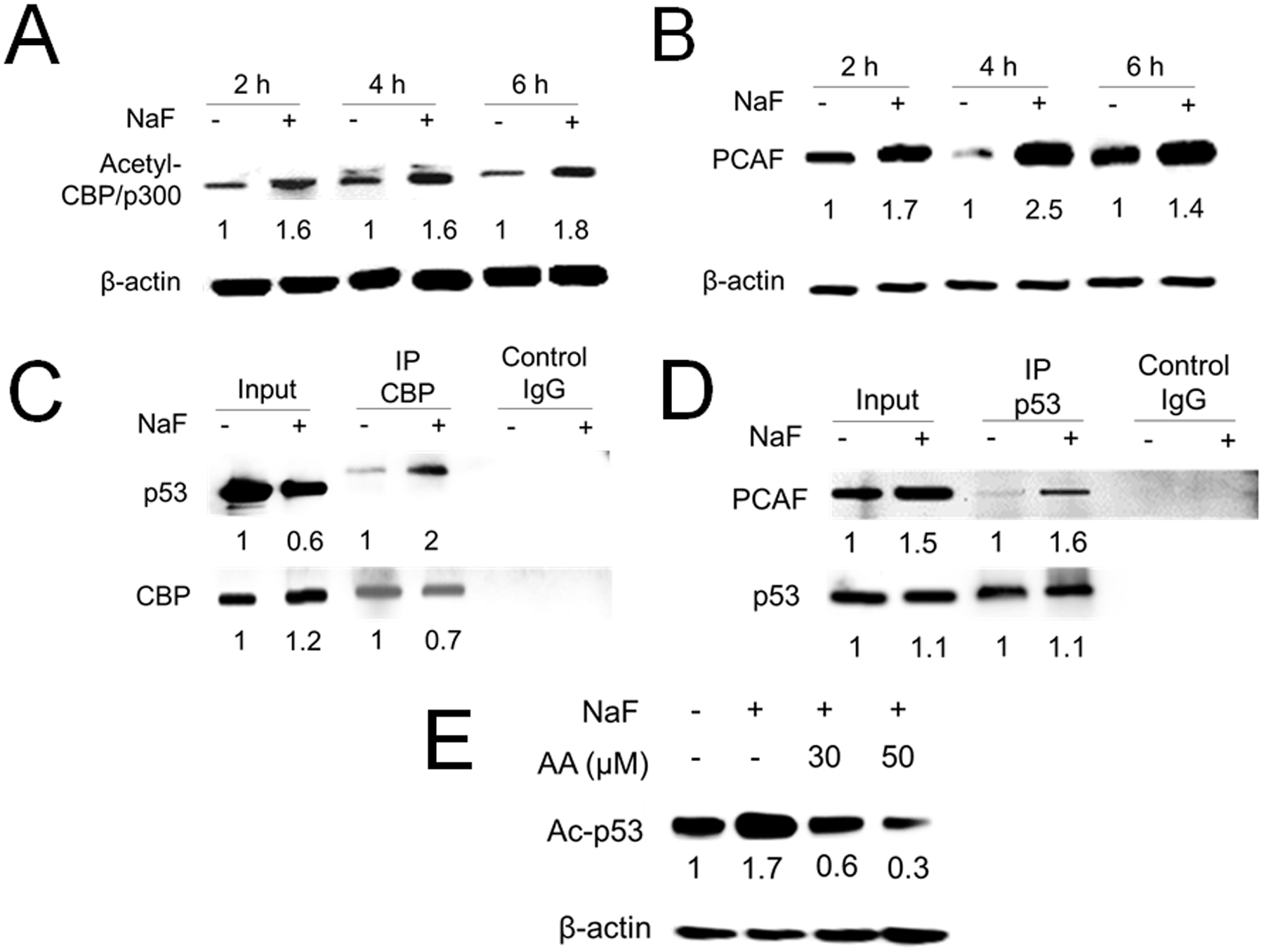Figure 1. Fluoride increased HAT activity and acetylation of p53, which was inhibited by Anacardic Acid (AA).

LS8 cells were treated with NaF (5 mM) for indicated times. (A) Acetyl-CBP/p300 (300 kDa) protein was quantified by western blot. Fluoride treatment significantly induced Acetyl-CBP/p300 at 2, 4 and 6 h. (B) PCAF (93 kDa) protein was quantified by western blot. Fluoride (5 mM) treatment for 4 h significantly increased PCAF protein. The numbers show the relative expression normalized by the β-actin loading control for each treatment group (44 kDa). (C) LS8 cells were treated with NaF (5 mM) for 6 h. Protein was immunoprecipitated using anti-CBP antibody and CBP-p53 binding was detected by the anti-p53 antibody. Fluoride treatment increased CBP-p53 binding. (D) LS8 cells were treated with NaF (5 mM) for 6 h. Protein was immunoprecipitated using anti-p53 antibody and PCAF-p53 binding was detected by the anti-PCAF antibody. Fluoride treatment increased PCAF-p53 binding. Control IgG was used as a negative control. The numbers show relative protein expression vs Control (0 mM NaF) for Input and separately for IP lanes. (E) LS8 cells were treated with NaF (5 mM) with/without a CBP/p300/PCAF inhibitor Anacardic Acid (AA) (30 and 50 μM) for 6 h. Acetyl-p53 (53 kDa) was detected by western blot. AA inhibited fluoride-induced acetylation of p53. The numbers show the relative expression normalized by the β-actin loading control (44 kDa). Statistical analyses of relative protein expression are shown in Supplementary Fig. 1
